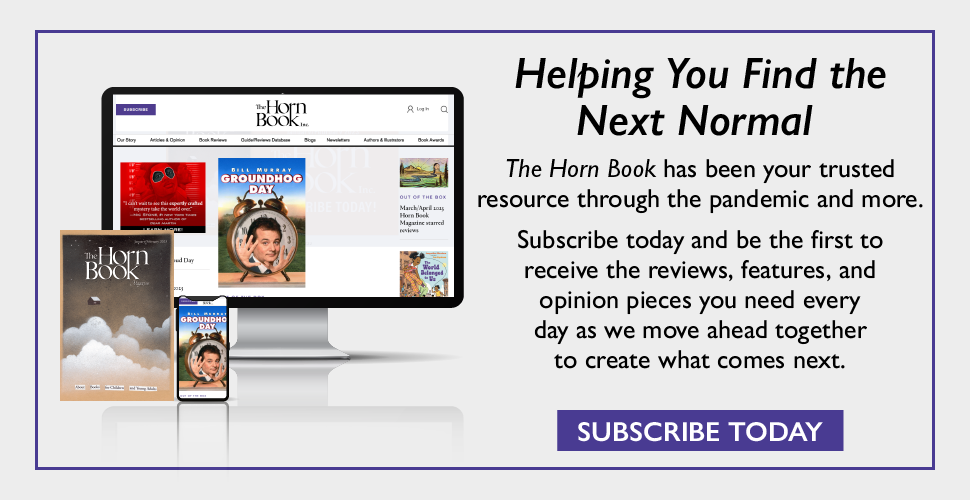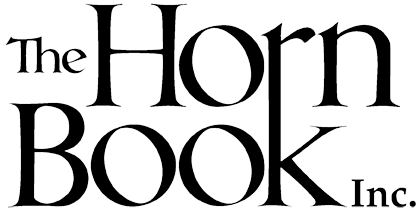Publishers' Preview: Spring 2025: Five Questions for Martha Brockenbrough and Juana Martinez-Neal
In the picture book A Gift of Dust: How Saharan Plumes Feed the Planet, we learn how the “fortunately, unfortunately” game plays out in the natural world.

This interview originally appeared in the March/April 2025 Horn Book Magazine as part of the Publishers’ Previews: Spring 2025, an advertising supplement that allows participating publishers a chance to each highlight a book from its current list. They choose the books; we ask the questions.
Sponsored by

In the picture book A Gift of Dust: How Saharan Plumes Feed the Planet, we learn how the “fortunately, unfortunately” game plays out in the natural world.
 |
| Brockenbrough photo (L): Emerald England. Martinez-Neal photo (R): Cate Barry. |
1. Martha, how did you first hear about the Saharan dust cloud?
When I need perspective, I look at images on the NASA website. NASA has several images of the dust stream and context that links the desert dust with Amazonian lushness.
2. Juana, did you enjoy making the map on the endpapers? (I’m a map fan.)
I loved making this map! I found myself adding creatures that I see at our home in Connecticut, and then I went into the ocean with an octopus, shells, and more sea creatures.
3. Martha, you have an eclectic oeuvre! What occasioned this foray into natural history?
I love nonfiction, and connectedness has become an obsession. This book connects the ancient and present worlds, small and large things, wet and dry. It had potential as a picture book because at least half the story is visual wonder.
 4. Juana, you went very far out (the astronaut’s view) and very close in (those adorable hippo faces). What’s your preferred compositional distance?
4. Juana, you went very far out (the astronaut’s view) and very close in (those adorable hippo faces). What’s your preferred compositional distance?
The interconnectedness gave me the chance to go small and big, in and out. While I didn’t have a preferred compositional distance, the text led me to varied perspectives.
5. Martha, what effect does current climate change have on the Saharan dust?
Global warming means warmer seas; trade winds that blow dust from the Sahara won’t be as strong. Less dust means some hurricanes won’t be softened and also means fewer nutrients for the Amazon. But air quality in the Sahara will be better. I hope we can start to see ourselves and this planet as intimately joined.
Sponsored by

RELATED
ALREADY A SUBSCRIBER? LOG IN
We are currently offering this content for free. Sign up now to activate your personal profile, where you can save articles for future viewing.







Add Comment :-
Be the first reader to comment.
Comment Policy:
Comment should not be empty !!!